Описание
Трубопроводные свиньи важны? Да, действительно. Трубопроводные свиньи являются критическими инструментами, используемыми для очистки труб в нескольких отраслях, в частности, нефтегазовой и газовой сектора. Трубопроводы, которые переносят нефть, воду, газ, химикаты и больше, требуют регулярной очистки, а трубопроводные свиньи часто являются наиболее эффективным раствором. Различные типы трубопроводных свиней выполняют различные функции: некоторые поглощают воду, другие удаляют ржавчину, а некоторые измельчают примеси трубопровода. В ответ на эти разнообразные требования мы разработали ряд чистящих свиней. К ним относятся голые пены свиньи, пена Polly, пенные свиньи, оснащенные щетками, свиньи, построенные из ABS, и свиней, полностью изготовленные из полиуретана, среди прочих.
Что такое трубопроводные свиньи?
Трубопроводные свиньи являются специализированными инструментами, которые жизненно важны для технического обслуживания и эксплуатации трубопроводов, которые имеют решающее значение для транспортировки различных веществ, таких как вода, нефть и газ. Эти устройства предназначены для пересечения трубопроводов, выполняя важные задачи, такие как удаление блокировки, вызванные мусором или наращиванием, и проводя проверки на наличие потенциальных повреждений или износа внутри трубы. Использование трубопроводных свиней имеет решающее значение для обеспечения непрерывного потока и эффективной работы системы трубопровода. Предоставляя эффективный метод очистки и осмотра, они помогают предотвратить сбои, минимизировать риск дорогостоящих повреждений или утечек и играют ключевую роль в поддержании безопасности и надежности трубопроводных сетей.
Понимание трубопроводных скребков
Трубопроводные свиньи - это устройства, которые используются для очистки, осмотра и выполнения задач по техническому обслуживанию внутри трубопроводов. Первоначально их называли «свиньями», потому что ранние модели, изготовленные из таких материалов, как солома, кожа и проволоки, издавали визг, проезжая через трубы. Со временем термин «свинья» также выступил за «датчик проверки трубопровода» или «датчик вмешательства трубопровода».
Когда технология трубопровода впервые началась, ручная очистка была нормой. По мере того, как трубопроводы стали длиннее и сложнее, возникла необходимость в более эффективном методе очистки. Это привело к разработке первых трубопроводных свиней. Сегодня свиньи изготавливаются из различных материалов и бывают разных форм и размеров, чтобы соответствовать различным типам трубопроводов и задач.
Процесс использования трубопроводных свиней включает в себя два ключевых компонента: пусковая установка свиней и приемник свиней. Свинцовая пусковая установка - это устройство, подключенное к трубопроводу, которое вводит свинью в трубопровод. Затем свинья простирается через трубопровод силой жидкости (например, нефть или газ) позади него.
Когда свинья движется по трубопроводу, она выполняет свою задачу. Для очистки свиней это может включать в себя соскабливание наращивания или мусора от стен трубопровода. Для инспекционных свиней они могут собирать данные о состоянии трубопровода.
В конце концов, свинья достигает приемника свиньи, другого устройства, подключенного к трубопроводу на другом конце. Приемник безопасно захватывает и удаляет свинью из трубопровода. После того, как свинья удаляется, ее можно очистить, осмотреть и подготовить к следующему использованию. Если это инспекционная свинья, собирают данные, которые она собирает, могут быть загружены и проанализированы для оценки состояния трубопровода.
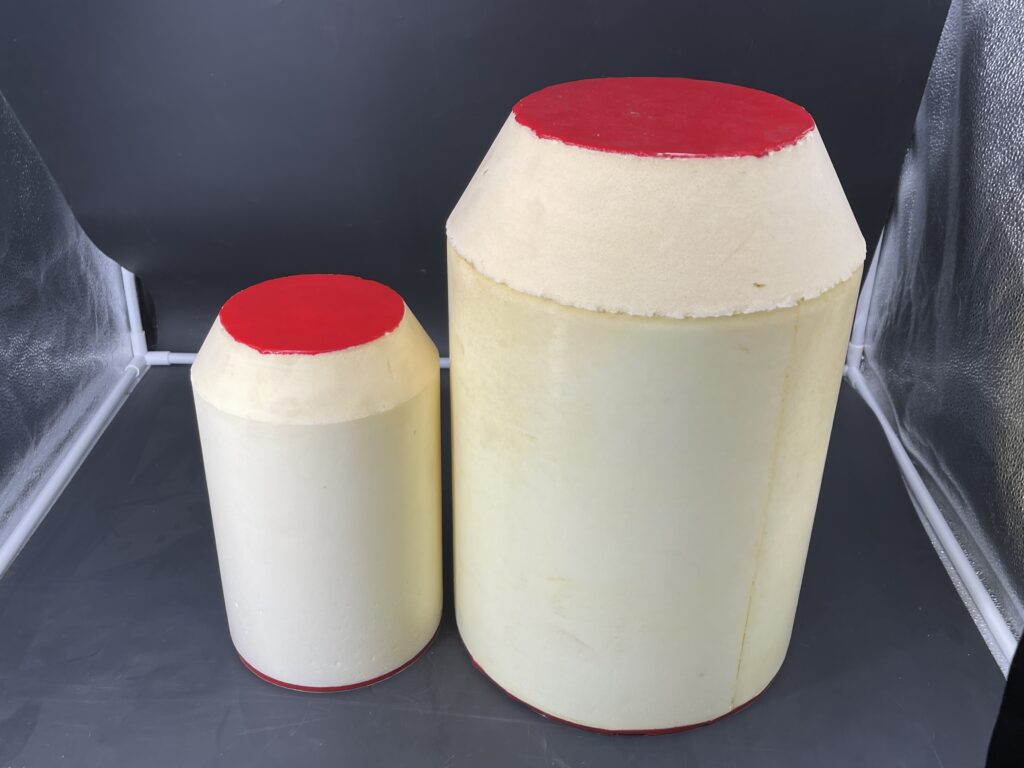
Роль трубопроводных свиней
Трубопроводные свиньи играют решающую роль в поддержании здоровья и эффективности трубопроводов в различных отраслях. Они используются в основном по трем причинам: очистку и обслуживание, проверка и разделение различных продуктов в трубопроводе. Выполняя эти роли, продукты помогают обеспечить безопасную и эффективную работу трубопроводов. Они помогают предотвратить блокировку, выявлять потенциальные проблемы, прежде чем они станут серьезными проблемами, и позволяют эффективно использовать трубопроводную инфраструктуру.
Очистка и техническое обслуживание: Со временем такие вещества, как нефть, газ или химикаты, могут оставлять остатки или наращивание вдоль внутренних стен трубопровода. Если оставить его без контроля, это может снизить эффективность трубопровода и даже привести к блокировке. Очистка свиней предназначена для удаления этого нежелательного накопления, гарантируя, что трубопровод остается чистым и функционирует в лучшем виде.
Осмотр: Трубопроводы могут страдать от износа, коррозии или других видов повреждений. Инспекционные свиньи, также известные как «умные свиньи», оснащены датчиками и звукозаписным оборудованием, которое может обнаружить эти проблемы. Когда свинья путешествует по трубопроводу, она собирает данные о состоянии трубопровода. Эта информация может быть проанализирована позже, чтобы выявить потенциальные проблемы и планировать ремонт или техническое обслуживание.
Разделение: Когда различные продукты необходимо транспортировать через один и тот же трубопровод, трубопроводные свиньи могут быть использованы для их отделения. Это важно в таких отраслях, как нефть и газ, где различные виды продуктов (такие как сырая нефть и изысканные продукты), возможно, потребуется разделить один и тот же трубопровод.
Типы трубопроводных скребков
EMT Pipeline Products предлагает широкий спектр трубопроводных свиней, предназначенных для удовлетворения различных потребностей трубопровода, от очистки и технического обслуживания до проверки и разделения.
Голые пенопластовые свиньи: Это простые, легкие свиньи из пены. Они часто используются для выполнения световой очистки, таких как удаление воды или нефтяного остатка из трубопровода.
Полли пена свиней: Подобно голой пеной свиньи, пена Полли также используются для очистки света. Они покрыты полиуретаном, что делает их более долговечными и позволяет им справляться с более жесткой чисткой.
Пенопластовые свинки с кисточкамиЭти свиньи имеют кисти, прикрепленные к их телам. Кисти помогают соскрести более жесткие наращивания или отложения с стен трубопровода.
Очистка пресса: Сделано из акрилонитрильного бутадиенового стирола (ABS), эти свиньи долговечны и устойчивы, что делает их подходящими для более требовательных задач очистки.
Скелеты свиней: Эти свиньи имеют гибкую, скелетную структуру, которая позволяет им ориентироваться в изгибах и поворотах в трубопроводе при выполнении задач очистки или проверки.
Свиньи с дисками или чашками: Эти свиньи оснащены резиновыми дисками или чашками, которые помогают запечатать трубу и повысить эффективность свиньи в очистке или разделении различных продуктов в трубах.
Цельнолитые свиньи: Это надежные, тяжелые свиньи, используемые для самых сложных задач очистки. Они сделаны из твердых материалов, таких как чугун или сталь.
Шариковые свиньи: Это сферические свиньи, часто используемые для герметизации, очистки или смешивания жидкостей в трубопроводе. Они также используются для проверки округлости и емкости новых трубопроводов.
Заключение
Трубопроводные свиньи являются незаменимыми инструментами для обеспечения эффективной работы и обслуживания трубопроводов в различных отраслях, особенно в нефтегазовом секторе. Они играют жизненно важную роль в очистке и поддержании трубопроводов, осматривая на предмет потенциального повреждения и способствуют разделению различных продуктов в одном и том же трубопроводе. Они сыграют важную роль в предотвращении блокировки, на ранней стадии выявления потенциальных проблем и максимизации использования трубопроводной инфраструктуры.
EMT Pipeline Products предлагает широкий ассортимент трубопроводных свиней для удовлетворения разнообразных потребностей. От простых голой пеной свиньи до надежных сплошных литых свиней, каждый тип предназначен для определенных задач, будь то светлая очистка, навигация за сложные изгибы трубопровода или обработка требовательных задач. Выбирая правильную свинью для работы, операторы могут обеспечить долговечность и эффективность своих трубопроводных систем и поддерживать непрерывный и безопасный транспорт основных продуктов.

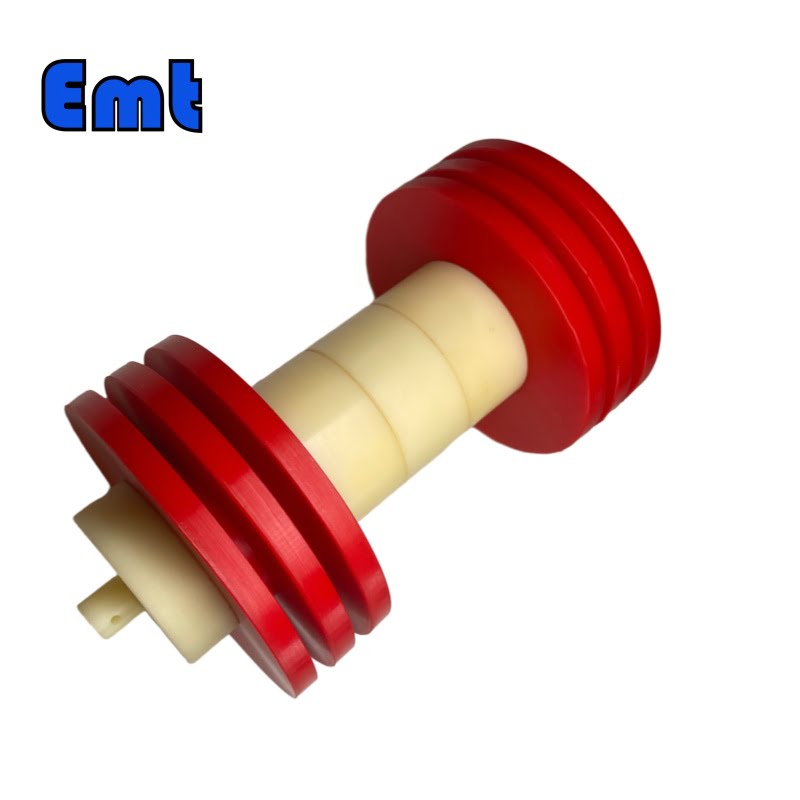
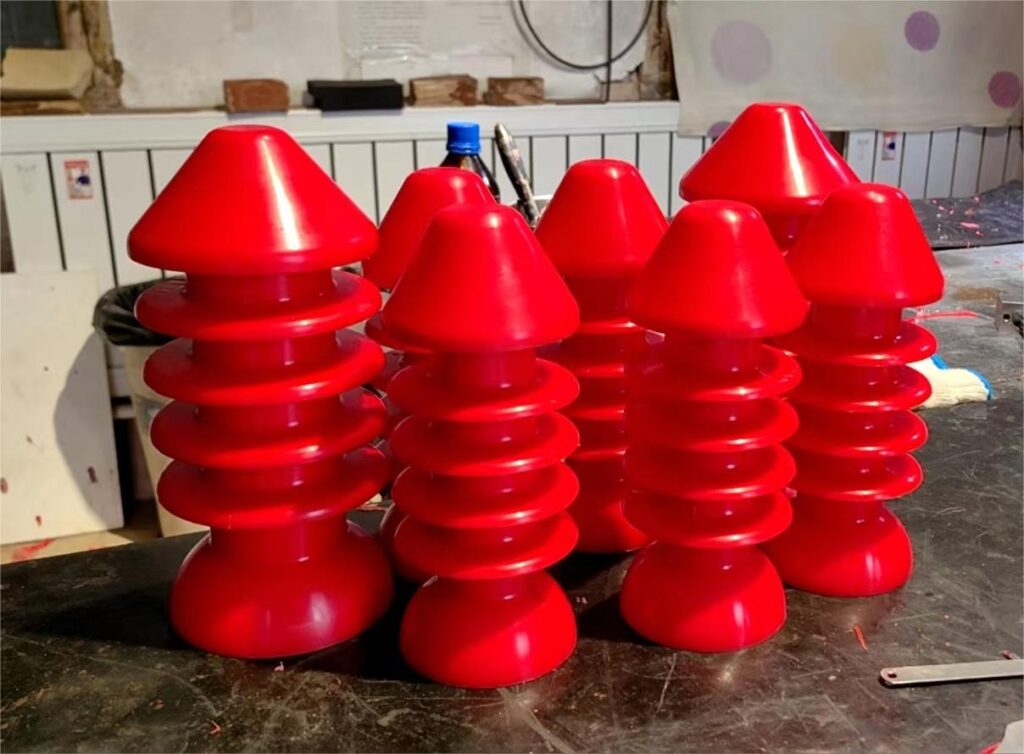
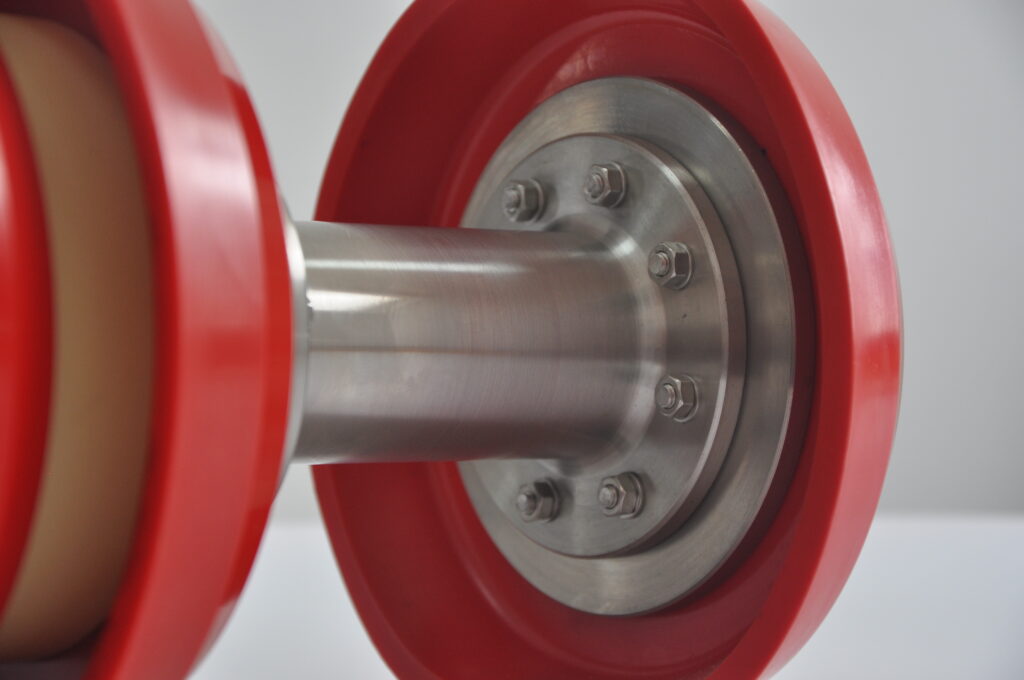
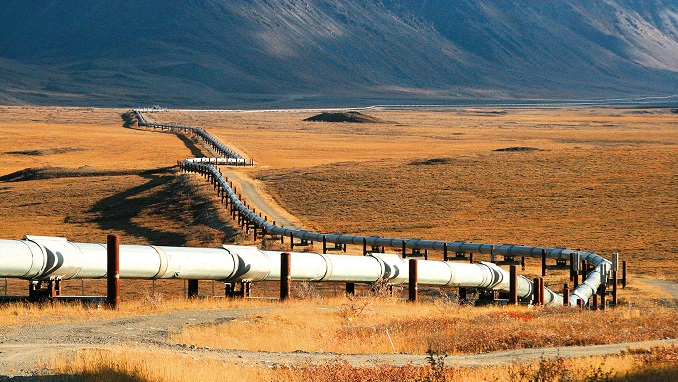
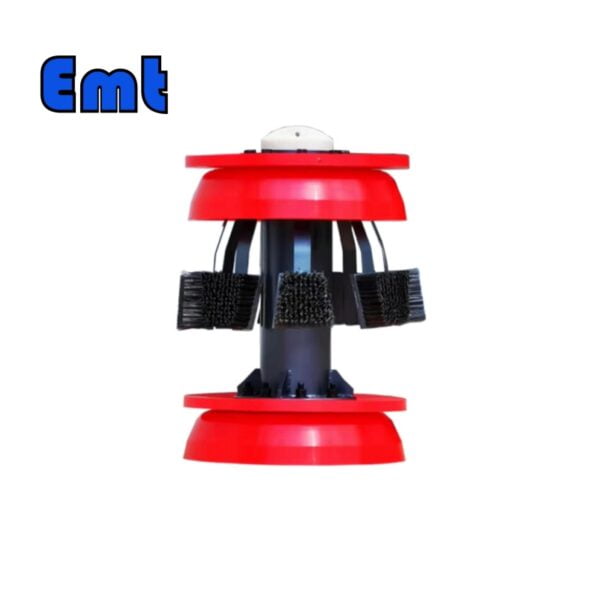
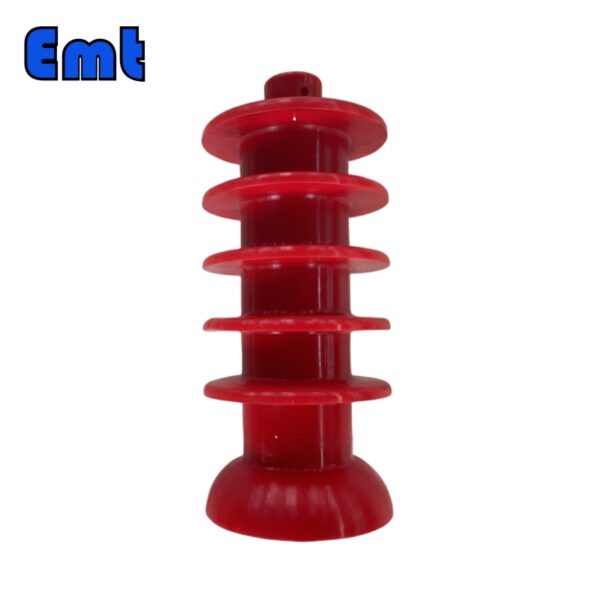
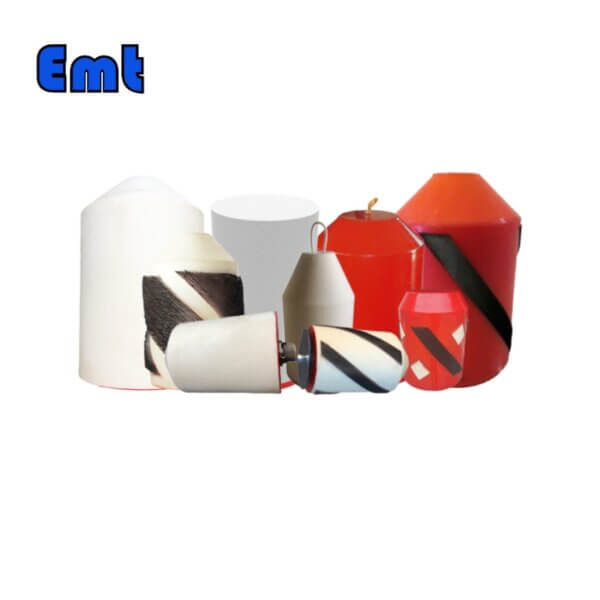
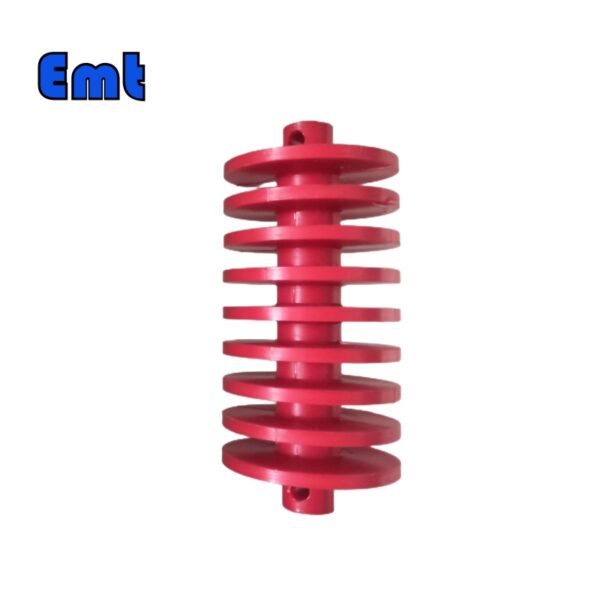
Отзывы
Пока нет отзывов.